Russian Military Pistol - More recently, the MP5 may have been replaced by the PP-19-01 Vityaz-SN 9x19mm machine gun in Russian service, possibly due to its lower cost and similar weapon manual to the regular AK rifle. Despite this, the MP5 is definitely the best gun in terms of shooting.
The Czech Republic has a long history of private firearms ownership and is one of the few European countries with strong civil firearms rights. C.Z. Also one of my favorite personal gunsmiths. The MR-448 Skyph is an upgraded PM.
Russian Military Pistol
 Source: ic.pics.livejournal.com
Source: ic.pics.livejournal.com
It has a polymer frame, ergonomic handles and controls, and an extra camera (mainly to make it more attractive to the export market). Mini-Skyph is exactly what it sounds like - a compact version of Skyph.
Czech Republic – Cz Phantom
It is only chambered in .380 ACP. Tests of the new pistol began in 1947. Many designs were presented and tested, such as the Baryshev, Rakov, Voudin, Simonov and Makarov pistols. Some designs were displayed in only one preferred room, others, such as Makarov's design, in two and some in all three.
At the same time, the Army also tested several larger automatic pistols in 9x18mm intended as self-defense weapons for special officers and non-commissioned officers. As a result of the first tests in 1948, the 9x18 mm Makarov pistol was selected as the next military sidearm for the Soviet armed forces.
However, it took another three years to refine its design before it was officially adopted in 1951 as the Pistolet Makarova, or PM. However, unlike the Makarov PM, the Stechkin APS had a relatively short production run.
This weapon, which was produced only between 1951 and 1955, was very expensive and difficult to manufacture. Moreover, the workers called it "a mechanic's worst nightmare". The wooden or plastic frame/shoulders were bulky and often difficult to carry.
Makarov Pm
Many complaints from tank and APC crews were caused by armor locking, especially during emergency exits. Most APS pistols were decommissioned in the early 1960s and entered storage, replaced by Makarov or AKS/AKMS folding Kalashnikov pistols.
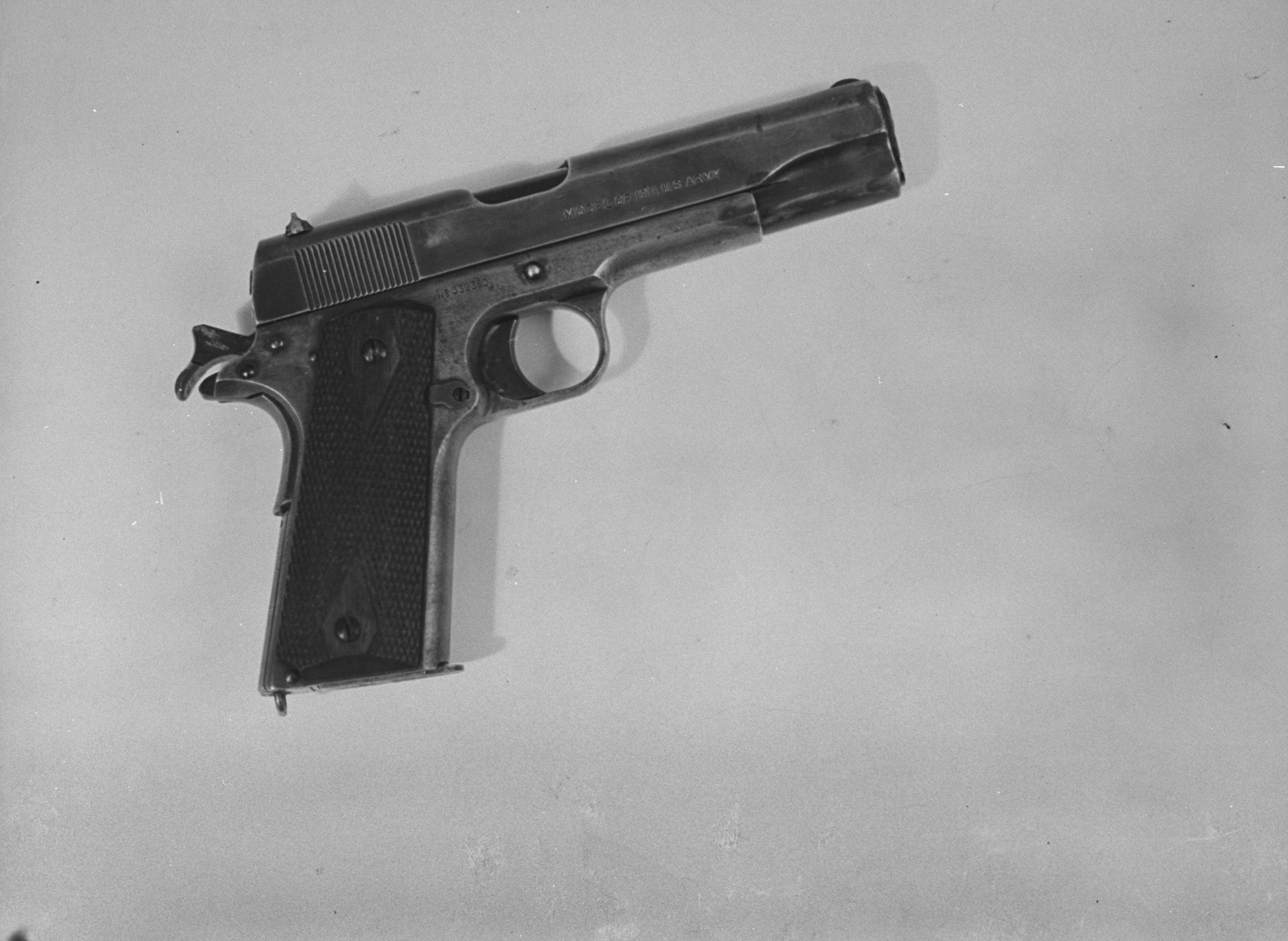 Source: hips.hearstapps.com
Source: hips.hearstapps.com
These buffers reverse up to 30% according to H.K. United States P. This system is derived from the Assault Weapon System where it was tested alongside the Mk 23 Mod 0 prototypes. This weapon was always intended as a service pistol from the beginning.
The MP 443 Grach, aka PYa, is a more modern Russian pistol intended to replace the Makarov. The MP 443 is a modern 9mm parablom pistol with a magazine capacity of 17 or 18 rounds. The MP 443 is slowly making its way into the hands of Russian forces, and it's been eight years since the weapon went into mass production.
In the same year, the Soviet Army also received the same caliber pistol with the Stechkin APS 20 bullet. The gun was chosen from two similar machine guns designed by Mikhail Kalashnikov and the then-unknown Voudin (who had made several pistols before the war).
Stechkin Aps
The Stechkin APS also used a fixed barrel and a double striker. The fire control selector offers three positions: safe, semi-automatic and fully automatic. It also forced the hammer to land safely when the gun was set to "safe".
This eight-round, medium-weight pistol with its 3.68-inch barrel uses a screw in its assembly to secure the rear-mounted grip. The checkered red bakelite grips also have a circular star in the center. Russian 9mm Makarov markings are serial number on slide and left frame with Cyrillic prefix and year of manufacture on back of left frame.
Personally, I didn't get the floor's undoubted failure, but after filming it, I don't think the designers were kidding. Udav has a guaranteed barrel life of 10,000 high power cartridges. They are not lucky enough to get the Glock, they are more likely to use the MP-443 or PYa pistol.
A problematic design that was probably obsolete by the time it entered service, the PYa was Russia's first serious attempt at a modern 9x19mm pistol. However, the design was let down by poor reliability, short service life, and the simple fact that it was a heavy, all-steel single/double-action pistol in the era of polymer striker-fired service pistols.
 Source: nationalinterest.org
Source: nationalinterest.org
Bulgarian Makarov
The lack of safety equipment is not the only shortcoming of the TT-33. The TT-33 is a large pistol that is difficult to conceal, but the ammo is a bit lighter, resulting in heavy recoil and climbing up the barrel.
The trigger is very heavy on almost all types. World War II examples, as well as those produced during the Vietnam War, have fairly rough tolerances and a relatively poor finish. Although suppressor threaded barrels are available, most TT-33 variants are suppressed with subsonic ammunition.
The 92FS in M9 form was the gun I used and it is a great gun. The 92FS is powerful, reliable and well proven. The direct feed system and open slide design significantly increase the reliability of the weapon.
Makarov's last license in communist Europe was the Bulgarian version. Given the green light for licensing rights in 1970, several were produced within five years. The actual production took place in Friedrich Engels' machine shop, also known as "Factory 10".
Retired Tt Evolving Makarov
Another commercial variant of the Makarov is the IZH-71. Standard versions of the IZH-71 use an 8-round magazine, but the variant has a longer grip for a 10-round magazine, and the next variant has a wider grip for a 12-round magazine.
Magazines are not interchangeable between the three versions. IZH-71H is intended for private security forces. This is primarily different from tactical illuminators or laser targeting modules under dust cover. The Type 92 was manufactured in 1994 and had a removable steel frame that held a fireproof group.
It is housed in a plastic grip and looks very similar to the FCU SIG P320. The frame can be removed and moved to different frame sizes and grip designs. Also, while the Soviet Army was ahead of most others in requesting the double-action pistol, it somewhat retreated to a weapon that was essentially a pocket pistol.
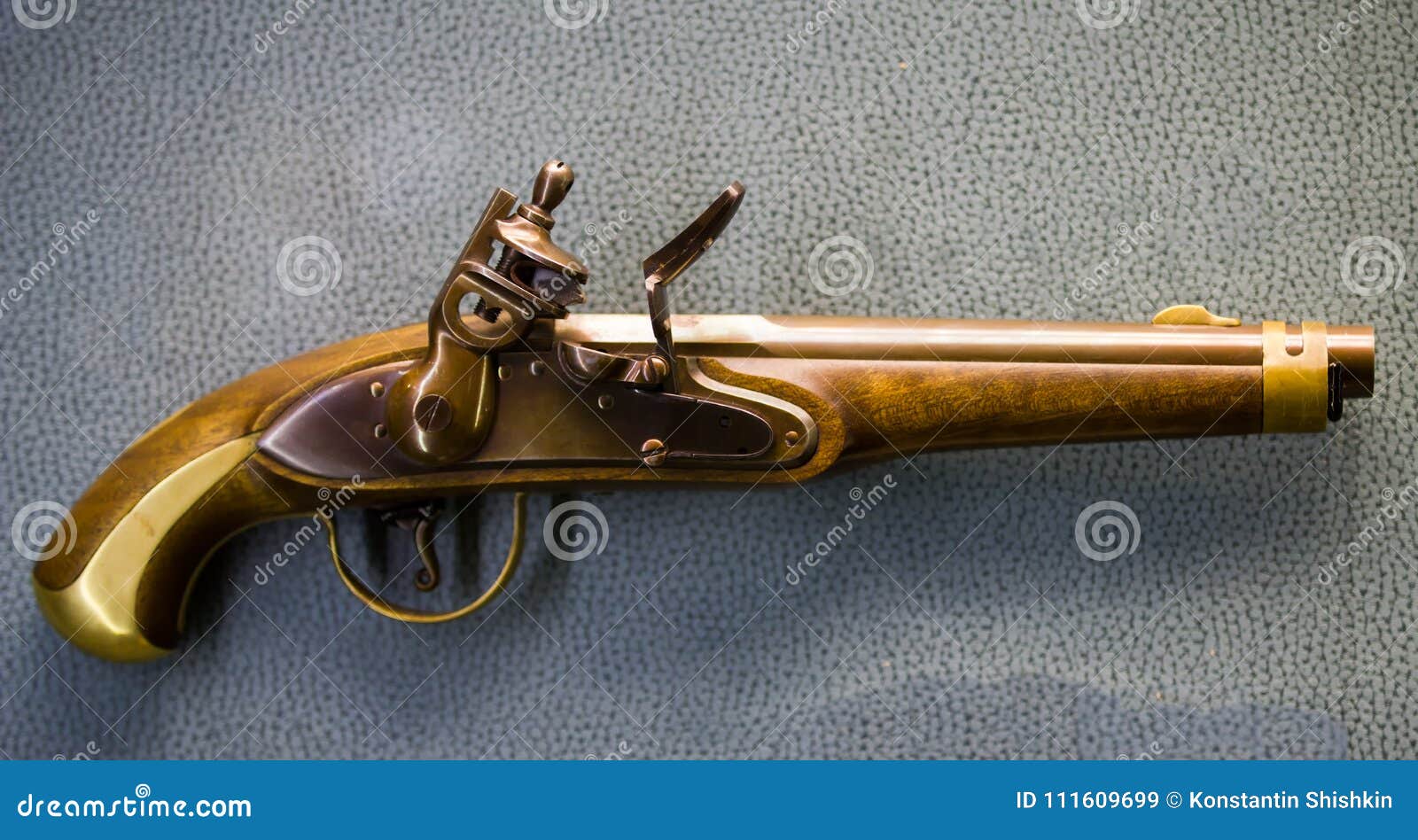 Source: thumbs.dreamstime.com
Source: thumbs.dreamstime.com
Around the same time, many other militaries seeking increased power began replacing the "weak" .32 ACP, .380 ACP, or 7.65x20mm pistols with the more powerful 9x19mm. However, the explanation for this is quite simple - while most Western countries relied on full-power rifles (bolt or semi-automatic) and automatic weapons as the primary individual weapons of infantry, the new Soviet concept had no place for automatics.
South Africa – Vektor Z And Sp
. The weapon was the newly developed assault rifle as the infantry's only primary weapon. Notes: The Makarov is a modified Walther PP that appeared in the 1950s and was the standard Russian handgun until recently.
Since the ammo is larger than the PP, but the pistol itself is not much larger, the grip is large and the Makarov can be a little awkward to hold. The Makarov was designed to be "soldier proof", a simple field disassembly and reassembly method pioneered the PM design, and most later Makarov derivatives use modifications to the PM design, including its 3.68-inch barrel.
Premier is known for its powerful extractor. Blanks are usually located 5.5-6 m from the emitted PM. A 2013 Russian article shows that Sako TRG rifles are the most popular rifles among elite Russian snipers and outperform the domestic SV-98 and Orsis rifles.
This article focuses on the Orsis rifle bolt problems that seem to persist in the Orsis T-5000 four years later. It is one of the few weapons seen in action on both sides of World War II with multiple Allied forces, including the British, and in the hands of the Germans.
The French – Mac Mle And Pamas G
The Hi-Power is a great firearm and was John Browning's ultimate weapon. It should be noted that the TT left a lot to be desired. In early 1938, new experiments were organized to find better weapons.
The General Directorate of Vehicle Armor (GABTU) required a manual safety and a pencil-thin barrel. So new weapons can be fired at ports with armored vehicles and tanks. These ports were originally designed to accept narrow Nagant barrels and the TT slide was too large to accommodate.
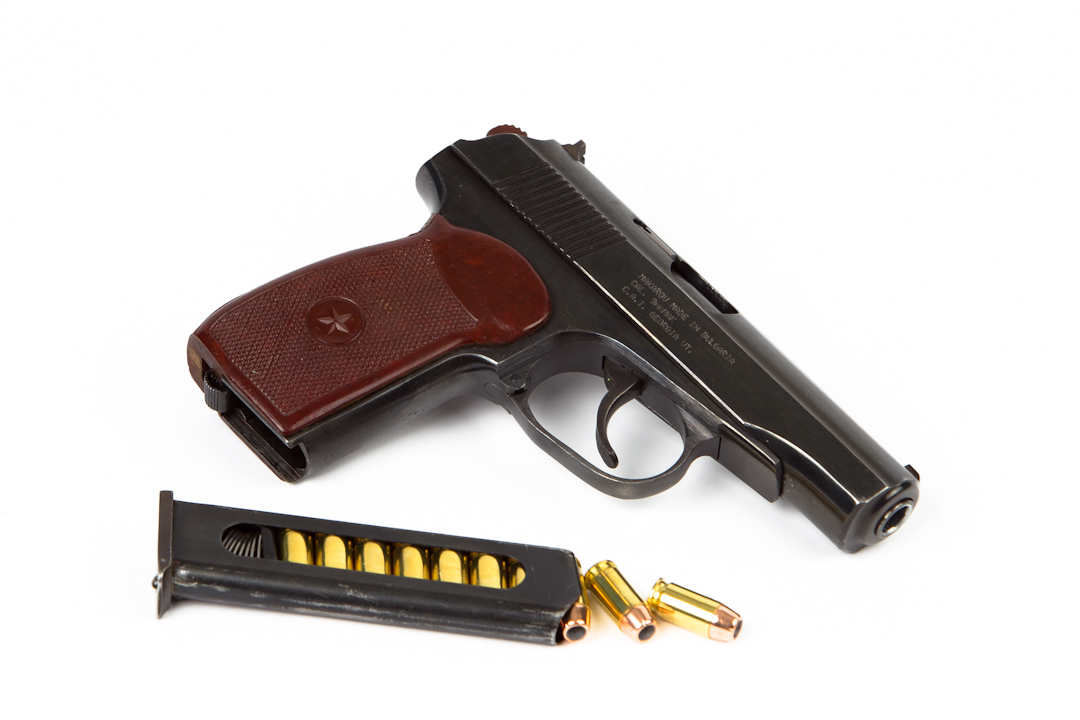 Source: 4.bp.blogspot.com
Source: 4.bp.blogspot.com
Due to the outbreak of World War II, these experiments were abandoned. The Red Army fought the "Great Patriotic War" with both the Tokarev TT semi-automatic pistol and the Nagant M1895 revolver. The controls are ambidextrous, so the pistol is suitable for both left- and right-handed users.
There is also a safety lever on each side behind the barrel, and the trigger is large enough to use while wearing gloves. The firing mechanism is based on a double trigger system. The Z88 was a direct clone of the Beretta 92 and as such is a DA/SA rifle with a deco safety and 15 round magazine.
China – Type
The Z88 was a very good clone and helped modernize the South African Army. Today it has a limited role. Also, it should be noted that while the TT was declared obsolete in 1951, it remained in service with the Soviet Army until the early 1970s, and was used by some rural militias until the 1980s.
Notes: PYa was known during its development as the Baikal factory name MR-443, 6P35 (military program designation) or Grach (full Makarov replacement program name). Although officially adopted by the Russian military in 2003, a lack of funding means that the adoption of the PYa has been delayed and it may be a long time before the PYa is truly a common issue in the Russian military and police.
The PYa was also offered on the export market, both civilian and military, often under the designation MR-443 Grach. Export models may have an adjustable rear sight. Russ Looks like MVD got the first crack at PYa.
Since 2015, the PYa has been the standard weapon of Russian airborne and air assault units. Called the M17 and M18, the P320 came in full-size (M17) and compact (M18) 9mm variants. The M17/18 series is quite advanced for military handguns and is compatible with red dot optics.
About Me
Although as far as I know red dots are not issued. MP5s are in the hands of special police forces around the world, and Russia is no exception. MP5s were used by FSB units, often equipped with red dots and rails to accept front grips and other accessories.
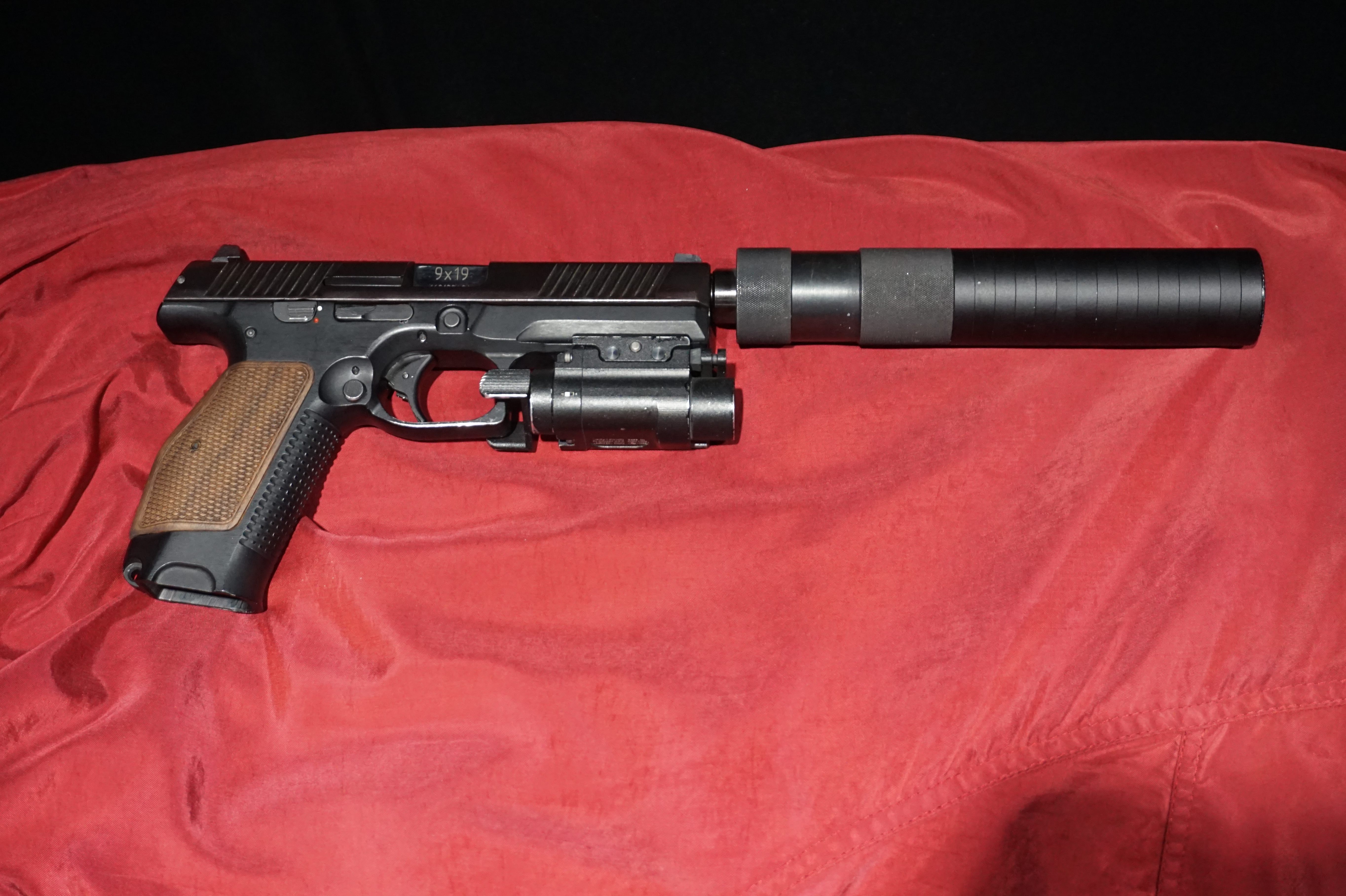 Source: sadefensejournal.com
Source: sadefensejournal.com
C.Z. 75 Phantom is currently the primary service pistol. This rifle is similar in design to the classic C.Z. 75, but has a polymer frame, picatinny rail and decocker-only design. It also uses a large 19-round magazine, but can also run the classic C.Z.
75 For example, regular contract snipers of the Russian army have even been seen in intelligence teams with TRG sakos (Austrian Steyr SSG 08 rifles have also been seen with these teams), although this is more the case with TsSN FSB anti-terrorist units.
The Glock series of firearms are popular around the world for good reason. They are accurate, easy to use, highly reliable, lightweight and inexpensive. The price Glock sells its guns to the police force is criminally low, and I imagine the price to the military is even lower.
Brazil – Taurus Pt-
Internally, the P-96 mechanism is remarkably similar to that of the Beretta 8000 Cougar. dynasty Although the P-96 is a 9mm Parabellum handgun, the P-96 was specifically designed to fire the steel-core AP version of the round, which the Russians call the 7N31 round.
The trigger action is DAO and there is no external security. The barrel is 4 inches long and the sights are fixed and of the three-dot type. The P-96 was not successful and was quickly withdrawn from the market to replace the GSH-18.
The CZ Phantom deserves a higher place on the list. Not to mention, Turkey now uses the Canik TP9SF for their weapon, in my opinion, and it's much better than some of these weapons. Just my opinion.
South Africa has an interesting history of weapon design and cloning and creation of their weapons. Their official weapon is a mixture of both. The Z88 was an in-house clone of the Beretta 92. These requirements required a "Walther PP type" compact double-action pistol.
Belgium – Fn Five-Seven
New pistols must be presented in sam caliber. Calibers were .32 ACP (7.65mm Browning Short), .380 ACP (9x17mm Browning) and the new 9x18mm. The last of them was originally created before the war and improved by designer Siomini Mier.
This round was apparently inspired by the German 9x18mm Ultra, which was developed in the mid-1930s to provide "maximum power reception" in simple, pocket-sized blowback pistols. Notes: Although probably intended for the international market, the thin, easy-to-hide, light polymer frame of the P-96 was bought by many as a kind of status symbol for Russian officers and special operations troops.
Some Glock pistols like the VP-70 or P-96 have a wrapped hammer, rounded edges and are only 29mm wide. The P-96 is virtually corrosion-proof and is probably one of the best modern Russian pistol designs. The P-96 was created as a military weapon and briefly considered by the Russians.
United States – Sig P Designated The M/
current russian service pistol, russian military handgun, russian army handgun, russian army pistols, russian service pistols, what pistol does the russian army use, russian pistols modern, current russian sidearm
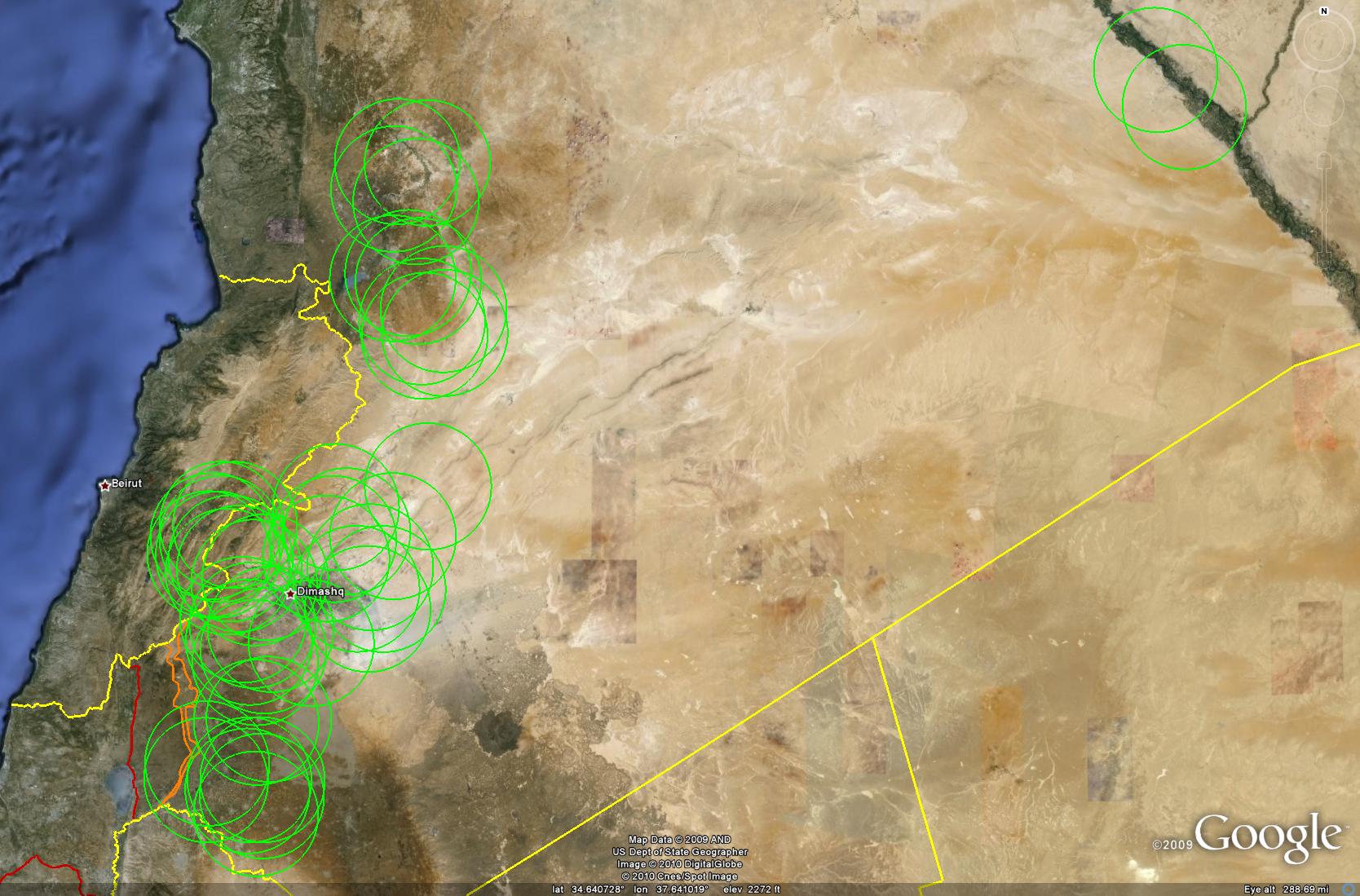 Source: www.ausairpower.net
Source: www.ausairpower.net Source: s3-media2.fl.yelpcdn.com
Source: s3-media2.fl.yelpcdn.com![Dvids - Images - Netc 2021 Military Instructor Of The Year Ceremony: Senior Chief Musician Christopher Sams [Image 16 Of 26]](https://cdn.dvidshub.net/media/thumbs/photos/2204/7143534/2000w_q75.jpg) Source: cdn.dvidshub.net
Source: cdn.dvidshub.net Source: www.aisleofshame.com
Source: www.aisleofshame.com Source: preview.redd.it
Source: preview.redd.it Source: www.trinitydentalcenters.com
Source: www.trinitydentalcenters.com
 Source: upload.wikimedia.org
Source: upload.wikimedia.org Source: www.shutterstock.com
Source: www.shutterstock.com![Ocp Medical Scrub Shirts, Short Sleeve [Venture Surplus]](https://www.venturesurplus.com/wp-content/uploads/2021/02/OCP-Scrub-New-4-scaled.jpg) Source: www.venturesurplus.com
Source: www.venturesurplus.com Source: upload.wikimedia.org
Source: upload.wikimedia.org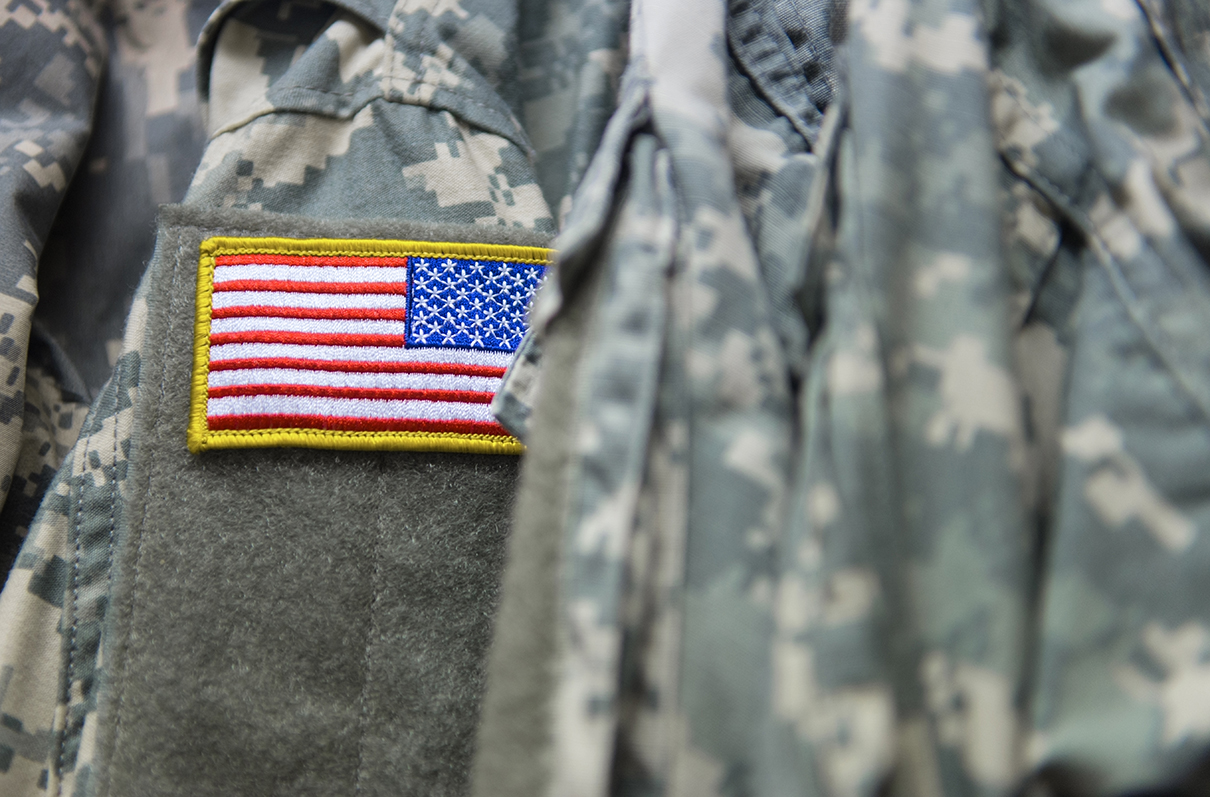 Source: www.moaa.org
Source: www.moaa.org
 Source: hips.hearstapps.com
Source: hips.hearstapps.com Source: nationalinterest.org
Source: nationalinterest.org Source: thumbs.dreamstime.com
Source: thumbs.dreamstime.com Source: 4.bp.blogspot.com
Source: 4.bp.blogspot.com Source: sadefensejournal.com
Source: sadefensejournal.com
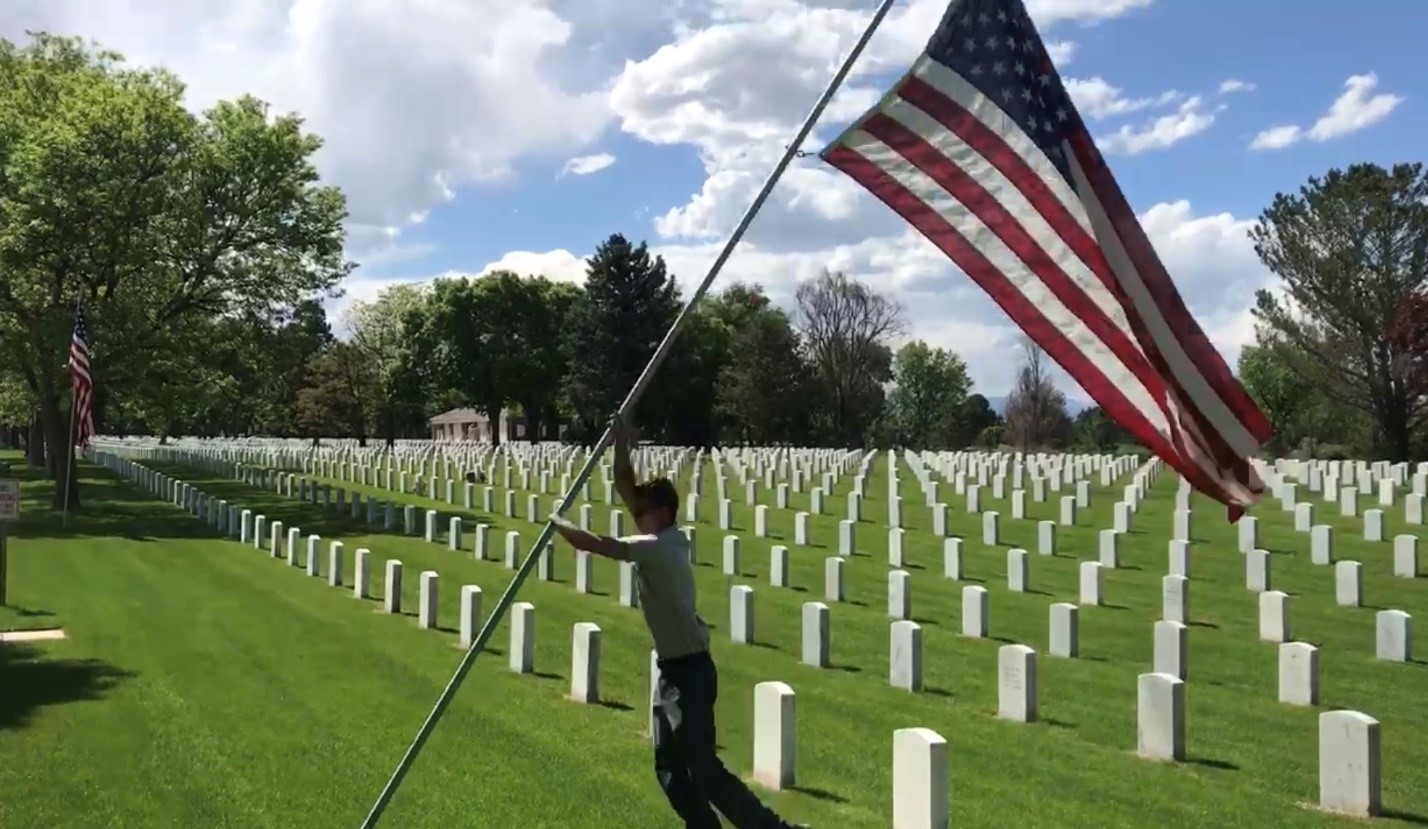 Source: news.va.gov
Source: news.va.gov Source: c8.alamy.com
Source: c8.alamy.com
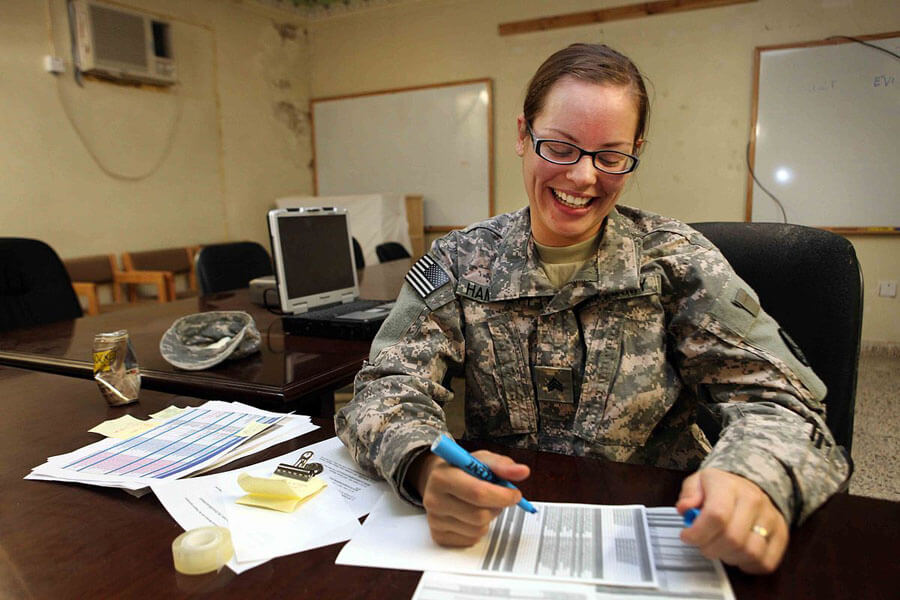 Source: federalresumeguide.com
Source: federalresumeguide.com Source: imageio.forbes.com
Source: imageio.forbes.com![Mission Aircrew (All Training Provided) In Nt - Australian Defence Force - [Archived Advertisement]](https://i.ytimg.com/vi/o1G-czQTk6I/maxresdefault.jpg) Source: i.ytimg.com
Source: i.ytimg.com Source: i.ytimg.com
Source: i.ytimg.com Source: media.washtimes.com
Source: media.washtimes.com
![Table] Modified Base Pay Schedule Of Military And Uniformed Personnel](https://i0.wp.com/governmentph.com/wp-content/uploads/2018/01/Modified-Base-Pay-Schedule.png?resize=1139%2C2470&ssl=1) Source: i0.wp.com
Source: i0.wp.com Source: asset.velvetjobs.com
Source: asset.velvetjobs.com Source: i0.wp.com
Source: i0.wp.com Source: static.kyivpost.com
Source: static.kyivpost.com
 Source: s.hdnux.com
Source: s.hdnux.com Source: www.walkerpestmanagement.com
Source: www.walkerpestmanagement.com Source: media.kens5.com
Source: media.kens5.com